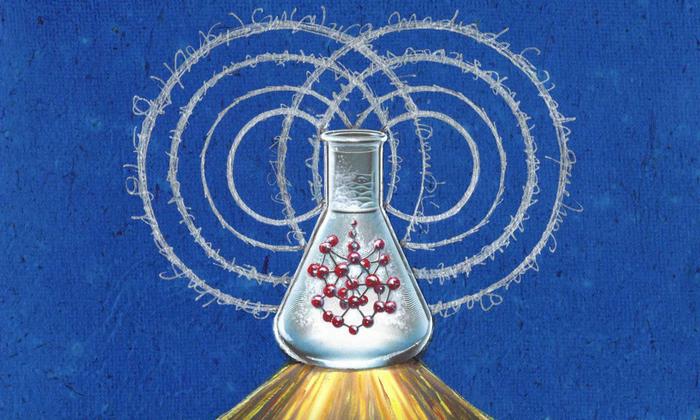An international team of scientists, including researchers from the University of Rochester’s Laboratory for Laser Energetics (LLE), has successfully generated high-density relativistic electron-positron pair-plasma beams, producing two to three orders of magnitude more pairs than previously reported. The experimental achievement, detailed in a recent Nature Communications paper, marks a significant step forward in understanding the complex physics of black holes and neutron stars, where such plasmas are ubiquitous.
Plasmas, the fourth fundamental state of matter alongside solids, liquids, and gases, play a crucial role in deep space conditions. Specifically, relativistic electron-positron pair plasmas, comprising electrons and positrons traveling at nearly the speed of light, are found within and around extreme astrophysical environments like black holes and neutron stars. However, producing these plasmas in a laboratory setting has proved challenging until now.
Harnessing the Power of CERN’s Super Proton Synchrotron
Rochester researchers Dustin Froula, the division director for plasma and ultrafast laser science and engineering at LLE, and Daniel Haberberger, a staff scientist at LLE, collaborated with lead author Charles Arrowsmith from the University of Oxford and other scientists to design a novel experiment at the European Organization for Nuclear Research (CERN) in Geneva, Switzerland. The team harnessed the HiRadMat facility at CERN’s Super Proton Synchrotron (SPS) accelerator to generate extremely high yields of quasi-neutral electron-positron pair beams using more than 100 billion protons from the SPS accelerator.
Each proton carries a kinetic energy that is 440 times larger than its resting energy, allowing it to smash atoms and release their internal constituents—quarks and gluons—which then recombine to produce a shower that ultimately decays into electrons and positrons. The resulting beam had enough particles to start behaving like a true astrophysical plasma.
Opening New Frontiers in Laboratory Astrophysics
“This opens up an entirely new frontier in laboratory astrophysics by making it possible to experimentally probe the microphysics of gamma-ray bursts or blazar jets,” Arrowsmith says.
The team has also developed techniques to modify the emittance of pair beams, enabling controlled studies of plasma interactions in scaled analogues of astrophysical systems. Coauthor Gianluca Gregori, a professor of physics at the University of Oxford, emphasizes the importance of this achievement, stating, “Satellite and ground telescopes are not able to see the smallest details of those distant objects and so far we could only rely on numerical simulations. Our laboratory work will enable us to test those predictions obtained from very sophisticated calculations and validate how cosmic fireballs are affected by the tenuous interstellar plasma.”
The findings come amid ongoing efforts to advance plasma science by colliding ultrahigh-intensity lasers, an avenue of research that will be explored using the NSF OPAL Facility. The collaboration between experimental facilities around the world, as they break new ground in accessing increasingly extreme physical regimes, highlights the importance of exchange and collaboration in pushing the boundaries of scientific understanding.


